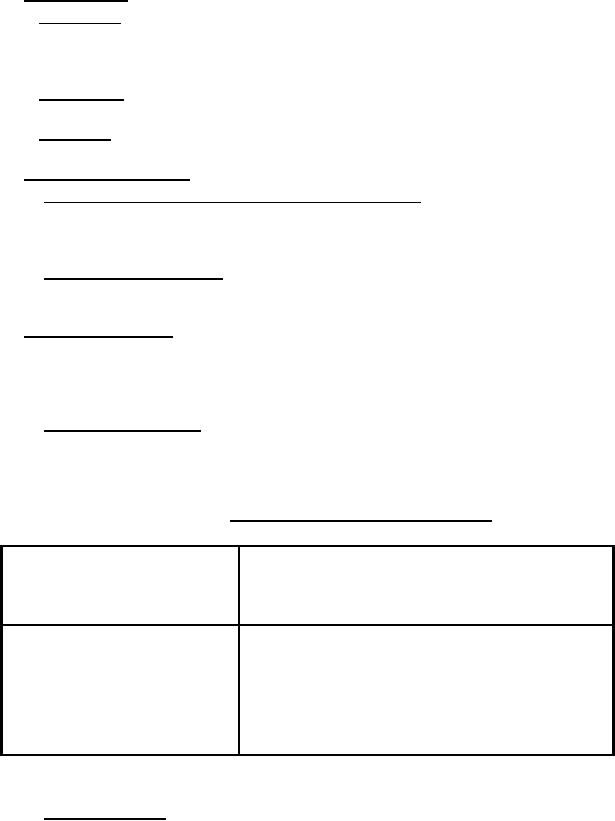 |
|||
|
Page Title:
Resistance to acidified copper-sulfate solution |
|
||
| ||||||||||
|
|  MILT8504B
3.3 Performance
3.3.1 Flarability. Tubing 0.125 inch outside diameter, and over, shall flare to the
respective dimensions of MS33584, when tested as specified in 4.3.6. The flared zones
shall be uniform and smooth, and capable of forming pressuretight joints with standard
fittings.
3.3.2 Flattening. Tubing shall not develop cracks, tears, or other flaws when subjected
to the flattening test specified in 4.3.7.
3.3.3 Bending. Tubing shall not develop cracks tears, breaks, or other flaws when
subjected to the bending test specified in 4.3.8.
3.4 Corrosion resistance
3.4.1 Resistance to acidified coppersulfate solution. The tubing shall exhibit no
evidence of cracks due to intergranular attack when subjected to the examination after
exposure to boiling acidified coppersulfate solution at the conditions specified in
method E of ASTM A 262 and 4.3.9.
3.4.2 Passivation treatment. Treatment of inner and outer surfaces by other than
picking shall be followed by a passivation treatment in accordance with QQP35. The
surfaces shall be passive to tests as specified in 4.3.10.
3.5 Surface conditions. Surface shall be smooth, have a grey metallic appearance and
be free from surface films, scale, flakes, or loose or adherent particles of foreign matter.
All chemical bath residues shall have been removed by rinsing in flowing water,
followed by thorough drying. Compliance shall be determined as specified in 4.3.2.3.
3.5.1 Surface roughness. Surface roughness shall not exceed an arithmetical average
roughness height rating (RHR) of 70 on inside surfaces or RHR 40 on outside surfaces,
as defined by ANSI B 46.1. The maximum depth of individual surface discontinuities
shall not exceed the limits of table III.
TABLE III. Limits of depth of discontinuities.
Nominal wall thickness
Maximum permissible depth of
(inch)
discontinuities
(inch)
0.020 and under
10 percent of nominal wall thickness
0.021 through 0.030
0.002
0.031 through 0.040
0.0025
0.041 through 0.050
0.003
0.051 through 0.066
0.004
0.067 through 0.085
0.006
3.5.2 Discontinuities. Discontinuities of equal or less depth in the outer surfaces of
tubes shall be removed by light belt polishing or buffing; except that discontinuities
having large root radii plainly visible to the unaided eye, whose surfaces blend smoothly
into the normal tube surface, need not be removed. Passivation treatment shall follow
any surface polishing or buffing operation.
4
|
|
Privacy Statement - Press Release - Copyright Information. - Contact Us |